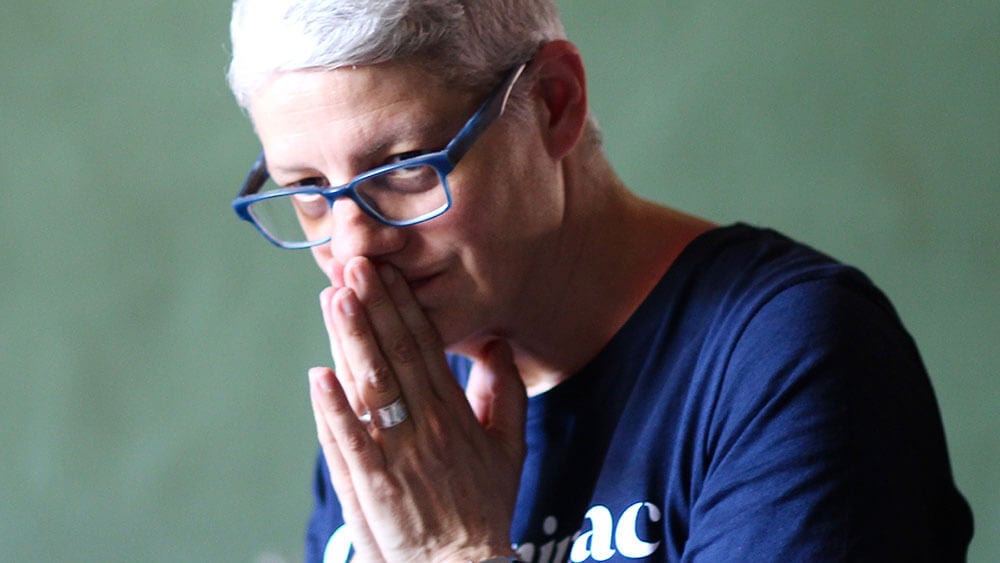
Students seek the other side of Nicaragua
Margarita Diaz
The philosophy of global engagement and solidarity runs deep in the School of Communications, as does a commitment to integrity. All of these form the foundation of journalism professor Margarita Diaz’s course, Telling Global Stories.
The course immerses students in the history, economy, media, politics and culture of Nicaragua and culminates in a trip to the Central American country during spring break. In the cities of León and Chinandega, students conduct interviews with a range of Nicaraguan citizens, including market vendors, farmers, fishermen, teachers, artists and former revolutionaries.
“Students are not only learning about a different country and culture, they also get the chance to practice real journalism,” Diaz said.
The trip usually marks the first time that many in Diaz’s class have stepped foot in a developing nation.
“This first-hand experience is both challenging and illuminating for them,” said Diaz. “They must navigate linguistic and cultural barriers, as well as overcome their own insecurities.”
The stories and photography that Diaz’s students return with are collected and published on the blog Tellingglobalstories.org. They reflect day-to-day life in a poor country deeply affected by decades of civil war, political corruption, economic downturn and a complicated relationship with the United States. Moreover, they challenge commonly held beliefs about Nicaragua and its people.
“International journalism in the U.S. tends to stick to a prescribed story about the rest of the world,” Diaz explained. “By reporting with sensitivity and care, these students produce journalism that challenges the prevalent narrative.”
